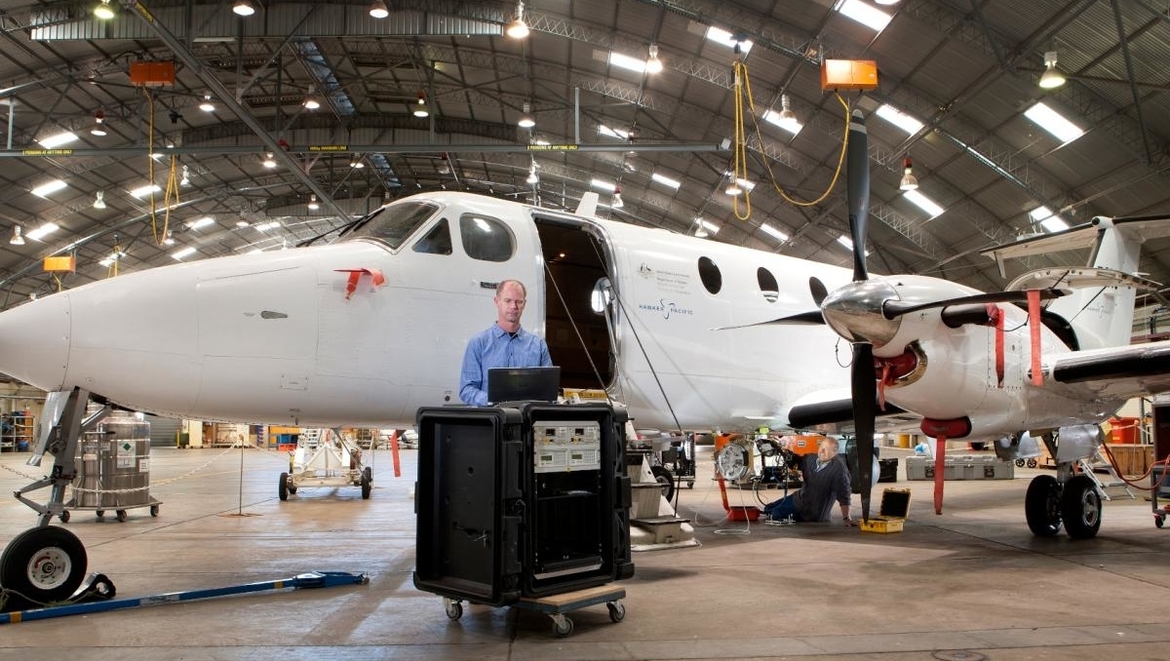Scientists at Defence Science and Technology Group (DST) are working with counterparts from the US to demonstrate the capabilities of hyperspectral imaging for use by the Australian Defence Force.
To continue reading the rest of this article, please log in.
Create free account to get unlimited news articles and more!
Hyperspectral imaging exploits the unique spectral characteristics of targets to aid in detection and identification of materials. According to DST scientist Dr Tim Bubner, it can be very hard to hide from these spectral sensors, which scan across multiple electro-optical frequency bands.
“While artificial camouflage does the job matching the surrounding environment in the visible spectrum, it actually can make you stand out in the other bands, if you can exploit them,” he said.
Dr Bubner’s team has been collaborating with a team from the US Naval Research Laboratories (NRL) for several years, honing skills in exploiting hyperspectral phenomenology and developing state-of-the-art sensor technology and systems for use in airborne surveillance.
“Hyperspectral sensing is unique. Very seldom can you create camouflage that defeats all the wave bands that are accessible to us," Dr Bubner said.
"In the past, hyperspectral sensors were predominantly used in the daytime, but a thermal hyperspectral sensor currently operating on DST’s Defence Experimentation Airborne Platform (known as the DEAP aircraft) gives us both a day and night time capability.”
Advantages of hyperspectral imaging over traditional video clips or imagery snapshots is that it allows users to scan the environment accurately and silently from a safe distance. It also provides an understanding of the target materials' properties, which is not available from other imagery sources.
Jonathan Neumann, an NRL scientist integrated with the DST team, said the partnership had been valuable for his team.
“There are limits to what we can accomplish back in the US,” Neumann said.
“DST Group nicely complements what our research is aiming to achieve. The partnership has included experiments of direct relevance to Australian and US Defence problem spaces, including supporting the Australian AIR 7000 and US PMA 290 programs.
“DST’s DEAP aircraft, which has flight-certified pods custom-built for mounting advanced intelligence, surveillance and reconnaissance (ISR) sensors, was a key enabler for the program.
“Recent flight trials, including experiments in tropical North Queensland, were exceptional. The DEAP aircraft carried dual reflective (daytime) and thermal hyperspectral payloads, enabling our respective teams to do everything necessary to support the trial objectives.”

 Login
Login







